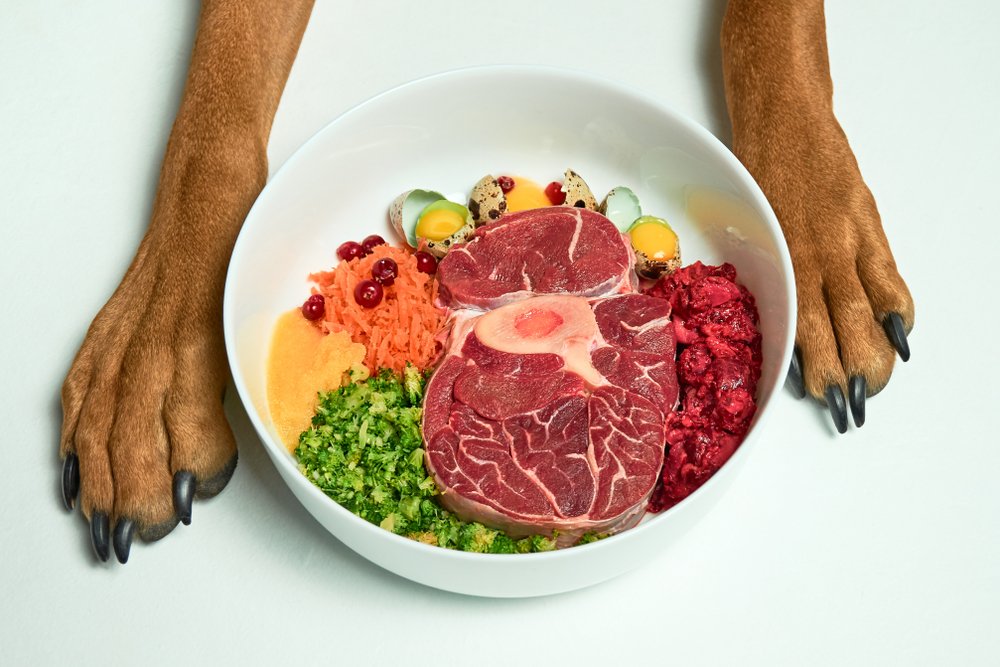Choosing the right food for dogs with sensitive stomachs requires a careful approach to ensure their digestive system is supported while still providing all the nutrients they need. Here are key considerations:
1 – Consult Your Veterinarian
Before making any changes, it’s crucial to consult with a vet to identify the cause of your dog’s stomach sensitivity. This will help in choosing the right food that addresses the underlying issue.
2 – Look for Easily Digestible Ingredients
Opt for foods with ingredients that are gentle on your dog’s stomach:
Lean proteins like chicken, turkey, or lamb.
Rice or sweet potatoes for easily digestible carbohydrates.
Pumpkin is often included in sensitive stomach formulas for its fiber content, which can help digestion.
3 – Choose Limited Ingredient Diets (LID)
Limited Ingredient Diets are made with fewer ingredients, making it easier to identify what your dog can tolerate. These diets are helpful for dogs with food allergies or sensitivities. Common options include single-source animal proteins and simple carbohydrates.
4 – Avoid Artificial Additives and Fillers
Look for foods free of artificial colors, flavors, and preservatives. Additionally, avoid fillers like corn, wheat, or soy, which are harder for some dogs to digest and may contribute to digestive upset.
5 – Probiotics and Prebiotics
Some dog foods include probiotics (beneficial bacteria) and prebiotics (food for those bacteria) that can promote healthy gut flora and aid digestion. These can be especially beneficial for dogs with sensitive stomachs.
6 – Choose a Suitable Fat Content
Some dogs with sensitive stomachs may benefit from food with moderate fat content. Too much fat can lead to digestive issues, while too little can lead to inadequate energy levels.
7 – Consider Special Formulas
Many brands offer formulas specifically designed for sensitive stomachs. These foods are often more digestible and tailored to support your dog’s digestive system. Brands like Hill’s Science Diet, Royal Canin, and Blue Buffalo offer these types of products.
8 – Gradual Transition
When changing your dog’s food, do so gradually over 7-10 days by mixing the new food with the old food. This helps your dog’s stomach adjust without causing further upset.
9 – Monitor for Improvements
Once you’ve switched to a more appropriate food, monitor your dog’s stool, energy levels, and overall behavior. If symptoms persist, revisit your vet for further advice.
By selecting the right food with the above considerations, you can help manage your dog’s sensitive stomach and support their overall health.

